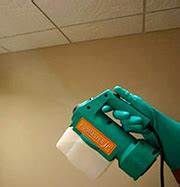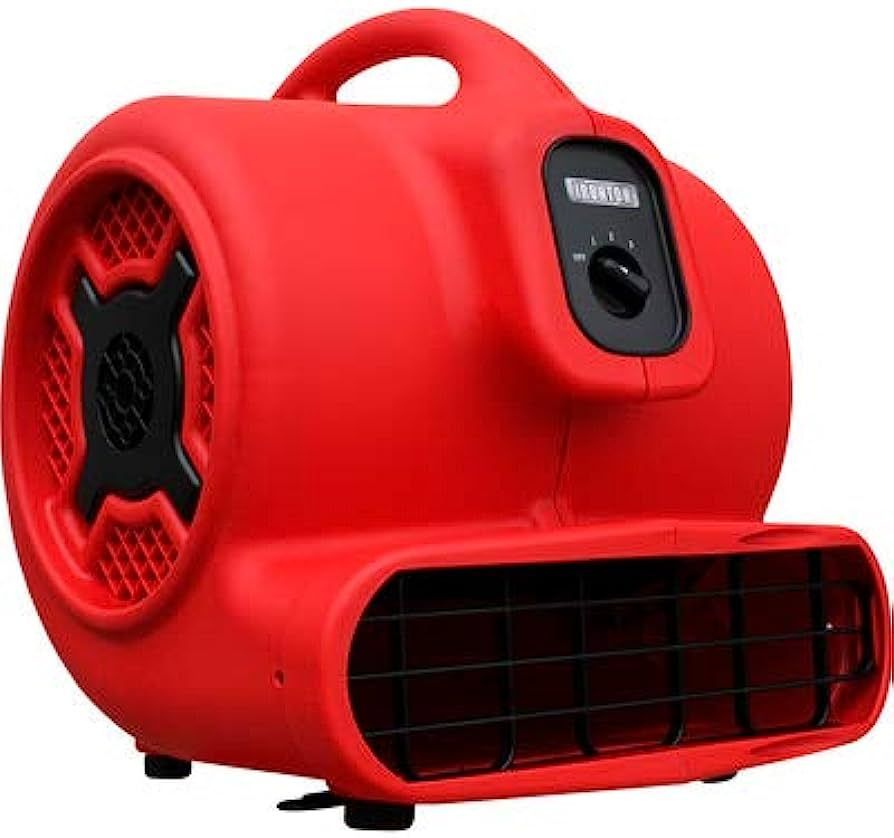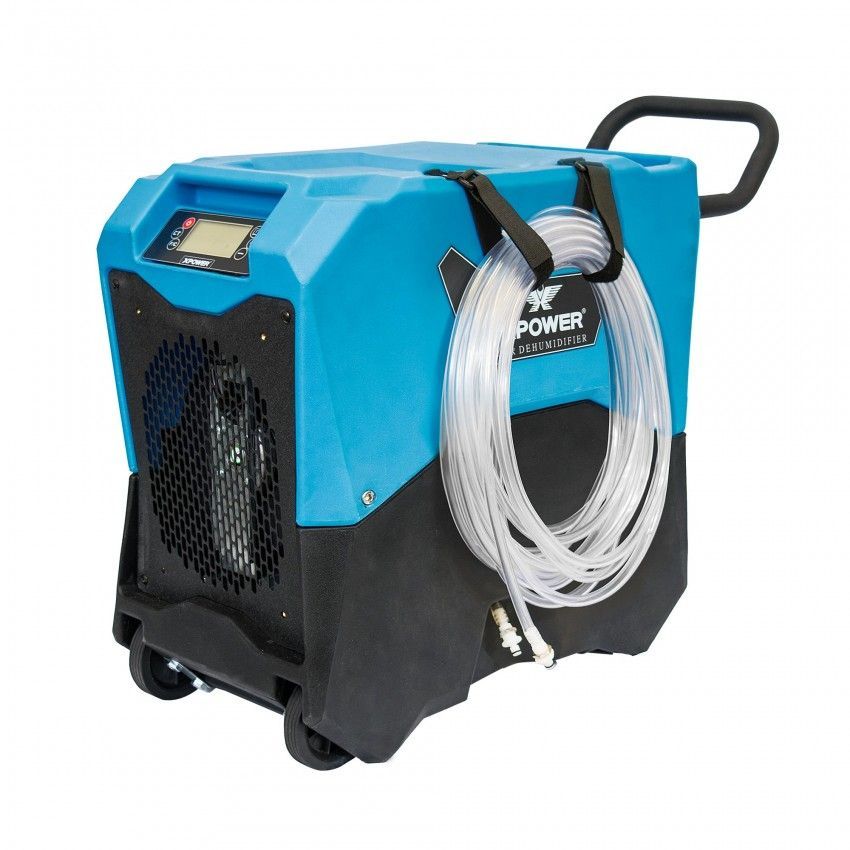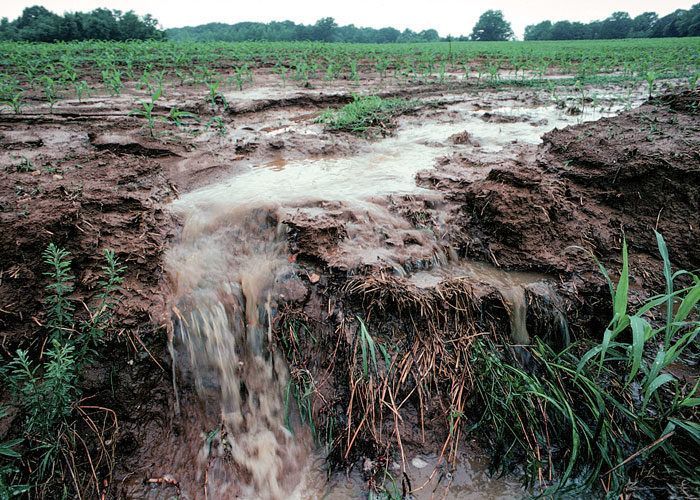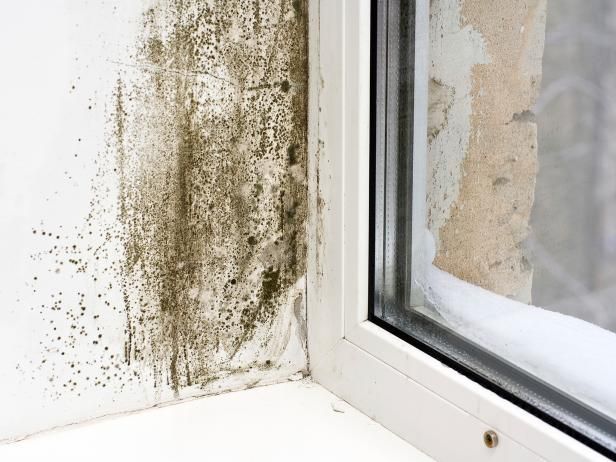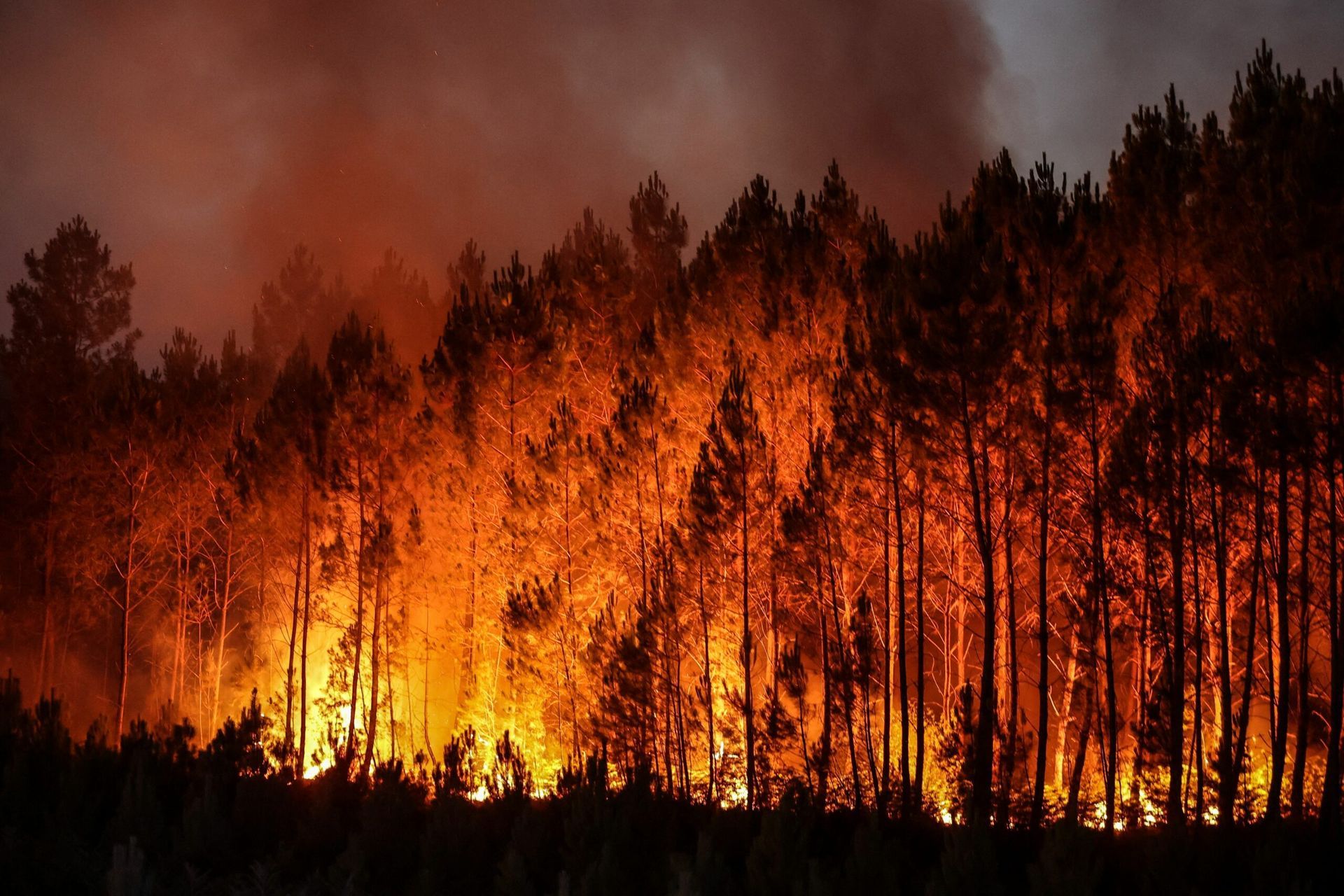Available 24/7
GET IN TOUCH
Available 24/7
Tropical Storms vs. Hurricanes: Understanding the Difference
Kaitlyn Cicchino • Sep 01, 2023
Tropical storms and hurricanes are both formidable weather phenomena that can wreak havoc when they make landfall. While they share some similarities, they are distinct in their intensity and characteristics. Let's explore the key differences between these two powerful storms.
Tropical Storms:
1. Wind Speed: Tropical storms are characterized by sustained wind speeds ranging from 39 to 73 miles per hour (63 to 118 kilometers per hour). These winds can cause damage to trees, power lines, and buildings but are generally less destructive than hurricane winds.
2. Formation: Tropical storms begin as clusters of thunderstorms over warm ocean waters. When these systems organize and develop a closed circulation with sustained winds of at least 39 mph, they are classified as tropical storms.
3. Rainfall: Tropical storms bring heavy rainfall, often leading to flooding in affected areas. The torrential rains can result in flash floods and landslides, posing significant risks to communities.
4. Impact: While tropical storms can cause significant disruption and damage, they are generally considered less severe than hurricanes. Evacuations and preparations are still essential, but the level of concern may be lower compared to a hurricane threat.
Hurricanes:
1. Wind Speed: Hurricanes are much more powerful, with sustained wind speeds of at least 74 miles per hour (119 kilometers per hour) or higher. These intense winds can cause catastrophic damage to structures and the environment.
2. Formation: Hurricanes evolve from tropical storms when their wind speeds reach hurricane strength. They develop an eye at their center, surrounded by a well-defined eyewall, and can grow significantly larger than tropical storms.
3. Rainfall: Hurricanes are known for their extensive rainfall, which can lead to widespread and prolonged flooding. The combination of strong winds and heavy rain makes them exceptionally dangerous.
4. Impact: Hurricanes are among the most destructive natural disasters. They can cause extensive damage to infrastructure, disrupt communities for extended periods, and result in loss of life. Evacuation and emergency preparedness are crucial when facing a hurricane threat.
In summary, while both tropical storms and hurricanes originate from warm ocean waters and bring heavy rain, hurricanes are significantly more powerful, with stronger winds and the potential for catastrophic destruction. Understanding the differences between these two types of storms is essential for coastal communities to prepare, stay safe, and mitigate the impact of these natural disasters.
Licensed | Bonded | Insured
Phone
Phone
Fax Number
(267) 374-4466
Fax Number
(267) 374-4466
Content, including images, displayed on this website is protected by copyright laws. Downloading, republication, retransmission or reproduction of content on this website is strictly prohibited. Terms of Use
| Privacy Policy

